As the “green movement” has been slowly gaining steam, new ideas have been proposed and some old ideas have been revisited.
In many cases, the old ideas are actually more energy efficient than the newer high tech ideas that environmental activists are pursuing. It seems that some of our ancient ancestors were much better at “going green” than today’s generation, without even having a concern about greenhouse gases and the ozone layer.
Many of the most promising technologies aren’t as much associated with developing energy-efficient means of energy production, as they are in using the energy we have more efficiently. As we improve our use of energy sources, we save money and reduce our energy consumption. These more natural means of building show that there is a definite relationship between going green and living in harmony with nature.
One very effective method of going green is by putting a green roof on a home. These roofs, which can also be referred to as “vegative roofs,” are most simply a garden on the roof. They can be built on an existing structure, but are most effective when the building is actually designed to be built with a vegative roof.
The “Green” Energy at Your Hand
Although there are other benefits, most of the benefit of a green roof is in energy savings. A building with a full green roof can save as much as 75 percent of the energy used by a comparable building with a normal roof. These savings are divided between both heating and air conditioning, as the green roof helps with both.
Green roofs are able to provide this much energy savings because of their high insulating value. Of course, a lot depends upon how the home is built and the type of green roof that is constructed over it. A home with a thin green roof isn’t going to be anywhere near as effective in retaining heating and cooling as a home with a green roof that is several feet thick.
Ideally, a home with a green roof would be built into the hillside, with a thick green roof which extending to the ground on all sides. This more or less turns the home into an underground home, with the associated benefits.
The home would stay cool in the summer, because of being underground and remain warmer in the winter, due to its ability to keep from losing heat. The ground around and over the home would act as excellent insulation to help the home maintain a comfortable temperature, year round.
Combining green roof systems with passive solar heating may even have the capability of totally eliminating heating costs for the home, or at least reduce them to the point where one wood-burning stove could keep the whole house comfortably warm.
Being able to save 75 percent on a home’s heating and cooling costs will go a long way towards making it possible for a homeowner to go off-grid. The biggest problem with trying to go off-grid is in producing enough energy for the home’s needs. By reducing those needs by that amount, the homeowner is well on their way to reaching their goal of living off the grid.
From a survival viewpoint, having a roof that reduces heating and cooling energy requirements by 75 percent can make it much easier to keep the home comfortable if the grid goes down. By combining the green roof with other off-grid energy options, it might make it possible to take the home totally off the grid, while still maintaining a normal “plugged in” lifestyle.
The Upper Garden
While green roofs aren’t usually used as vegetable gardens, it is possible to do so. The problem comes in that the green roof has to be totally covered with plants at all times, for it to work properly.
A vegetable garden usually has bare areas, whether due to harvesting or due to necessary spaces between plants. However, with the right sort of planning, placing plants together that can help each other and make better use of the space, it is possible to put a vegetable garden on the roof and still keep the green roof functioning properly.
Another great advantage of a green roof is the life expectancy of the roof. A typical asphalt shingle roof lasts 25 to 30 years, after which it has to be replaced. The old roof is trucked off to a landfill, where it basically doesn’t decompose.
A green roof will typically last about 60 years before it has to be replaced. When it is replaced, the growth medium and plants can be replanted elsewhere. The only part that actually has to be discarded is the waterproof membrane. While that doesn’t decompose any better than the shingles, there is much less of it to go into the landfill.
If you have questions on the topic or you have already built your own green roof, share your experience and thoughts using the comment form below!
Video first seen on Senga Lindsay.
Find out more about survival during crisis on Conquering the Coming Collapse.


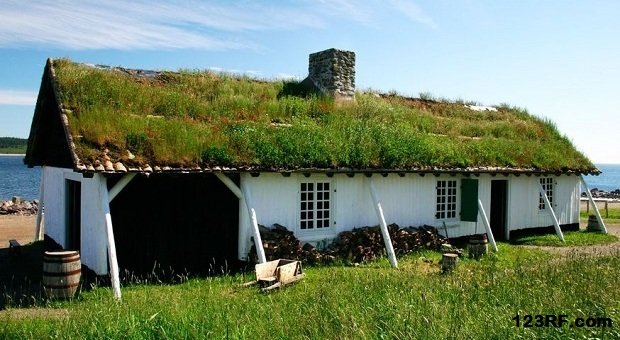
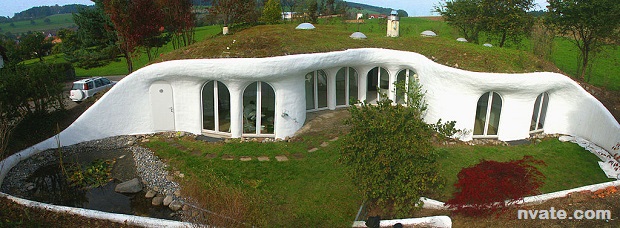
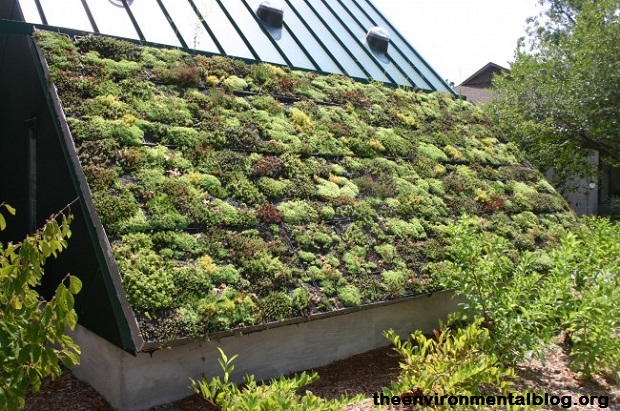

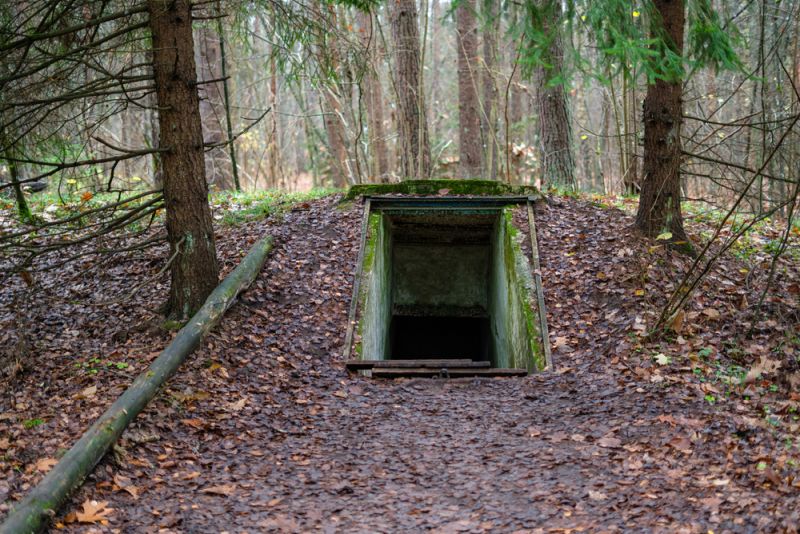
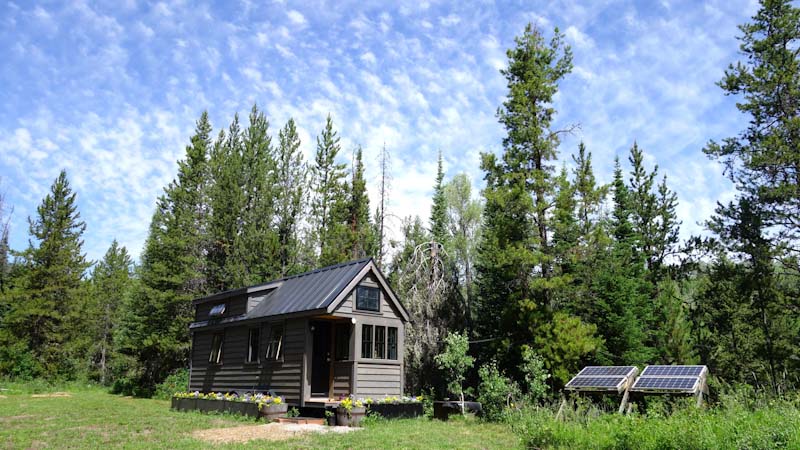



grintch | June 11, 2014
|
Wouldn’t this tend to rot out the underlying structure?
Wouldn’t a white roof be better at keeping the interior cool?
How about a roof that could be turned from white to black in the winter for better heat absorbtion?
How does one integrate solar panels with this and protect the panels from corrosion/deterioration from the moisture of the green roof?
I’m not trying to be negative, just trying to better understand the logic of this.
madeira | June 12, 2014
|
I agree with you, Grintch. What happens in a drought situation? And, with me, “zoning” wouldn’t like it! I have to have a permit for everything. So this just wouldn’t fly. Also, has anyone noticed, lately, how much POWER that home insurers now have? They can just flat out DROP you and, if you have a mortgage, then there goes your house if no one will insure you. No kidding…
grintch | June 12, 2014
|
It’s called obamization.
Except if you’re a minority.
Then Sharpton goes to bat for you.
don | October 3, 2014
|
I keep seeing advice on here that would not fly, code wise, at least in my area.
However, if you had a remote piece of land, and wanted to make a shelter, one might be able to get away with it.
Pole barns, for instance, have a much more lax code than building a shed or garage or similar structure.
David Bailey | June 18, 2014
|
I have a home approximately 40 x 30 with a 4, 12 pitch roof. What is the expected cost to convert asbestos shingle over 1 x 6, plywood to green roof?
Spencer | July 19, 2014
|
Most of the electricity produced today is generated by burning fossil fuels.
This certification will set them apart from
the competition as being competent solar panel installers.
Thankfully, we have the option of solar energy with us.
This will result in an increased level of electricity generated through them.
economy has been mired by the housing market crash, this industry is still growing.
Secondly, the nice thing about coaching is that you can make things work for you.
David m. mundy | October 6, 2014
|
builditsolar.com is not my website, but I wrote an article for them that you might be interested in. The title of the article is “david’s white roof experiment.” My roof needed replacement, so I decided to do an experiment before replacing it. I got a bag of hydrated lime… cost about 6 bucks. Then I painted my roof white with the hydrated lime. The temperature of my attic went down 40 degrees (from 140F. down to about 110F). My house interior went from about 90F down to about 82F. Another man named “Wolfgang” copied what I did, and he took better readings of his electricity usage than I did, and he wrote an article for builditsolar also, which is worth reading too. If I remember correctly, he saved 50 % on his air conditioning bill down in Florida. These articles may be of interest to you.
Pingback:Self Sufficient Greenhouse Gardening [Part 1] | Survival skills, survival guns, survival guide | January 13, 2015
|